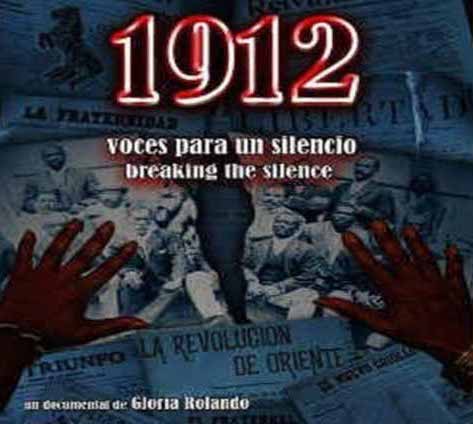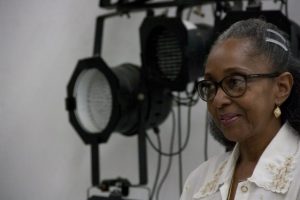
In celebration of Black History Month, the CCCNY is presenting an exclusive ONE-TIME-ONLY streaming of ALL THREE PARTS of Voces para un silencio: 1912, Gloria Rolando‘s groundbreaking documentary on the events leading up to the 1912 massacre of more than 3,000 black Cubans in Santiago de Cuba, a little known chapter in Cuban history. The film relates the origins of the Partido Independiente de Color (PIC), whose leaders and progressive platform tried to provide a voice for disenfranchised black Cubans after the War of Independence. The documentary also serves as an exposé of the plight of black Cubans since colonial times, the role they played in the War of Independence and the obstacles faced once the Island became a Republic in 1902. The film also highlights the key role played by important black leaders, including Evaristo Estenoz, Juan Gualberto Gómez, Martín Morúa Delgado, and Quintín Banderas.
PLEASE NOTE:
THE FULL DOCUMENTARY IS 3-HOURS LONG. THERE WILL BE A 10-MINUTE BREAK AFTER PARTS I AND II.
Following the screening, there will be a Q&A with the director, Gloria Rolando, moderated by Ricardo Gil, Director of our History Program, with the participation of renowned black Cuban historians, artists, and intellectuals.
TO ATTEND, CLICK HERE ON THE SCHEDULED DATE AND TIME:
https://vimeo.com/event/2891999
To participate in the Q&A via Zoom after the screening, click here:
https://us06web.zoom.us/j/89526024766
This special one-night-only screening is part of our CreateNYC Language Access Series on Cuban History, Art, and Literature. The film is in Spanish with English subtitles.

Gloria Rolando (1953) is a Cuban filmmaker and screenwriter. Her career as a director spans more than 35 years, first at the Cuban national film institute (ICAIC), and later as head of Imágenes del Caribe, an independent film-making group. Her documentaries characteristically relate the plight of the African diaspora, with a particular focus on the history of black Cubans.
For a sneak peek, click here:
https://youtu.be/bZqPNUBGPME
This event is supported, in part, by public funds from the New York City Department of Cultural Affairs in partnership with the City Council, and made possible by the New York State Council on the Arts with the support of the Office of the Governor and the New York State Legislature.
![]()
![]()
With the promotional collaboration of
 and
and
![]()